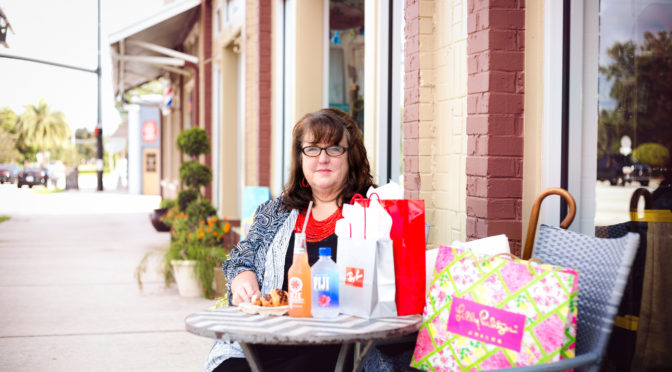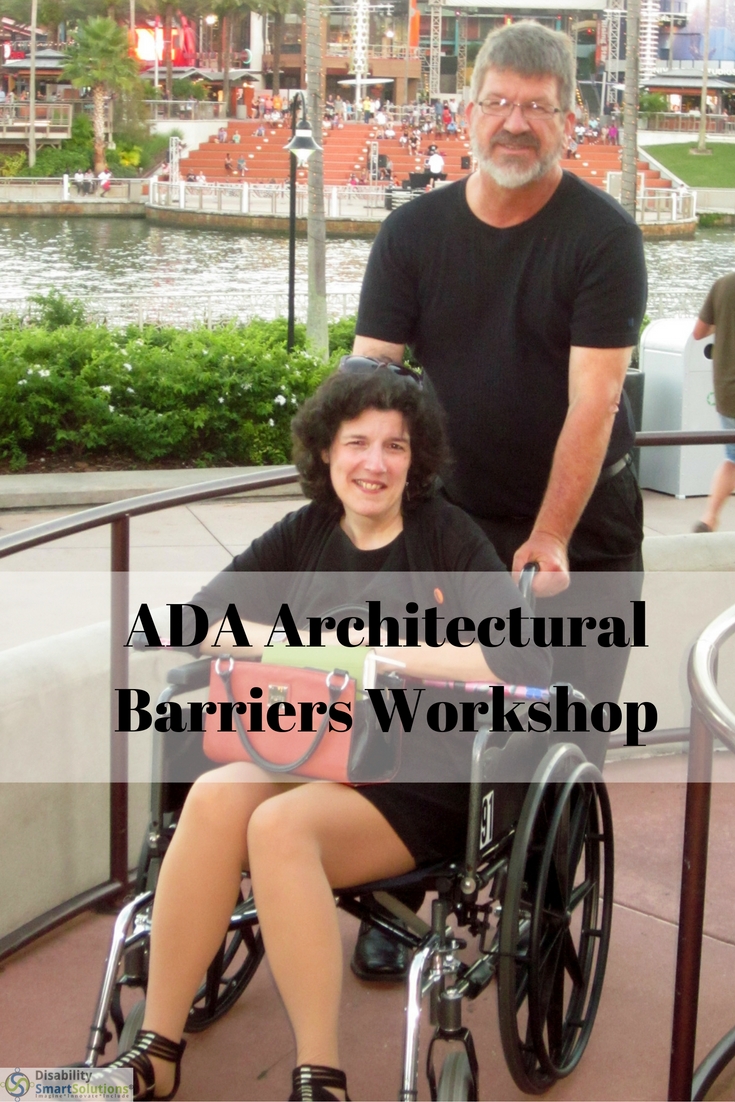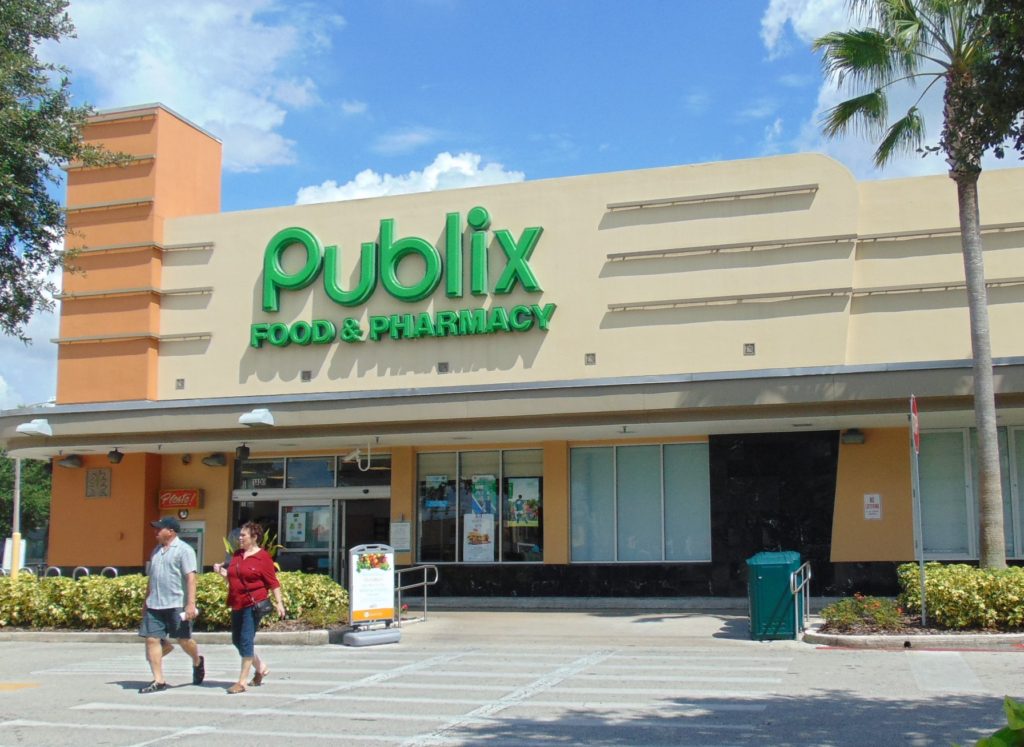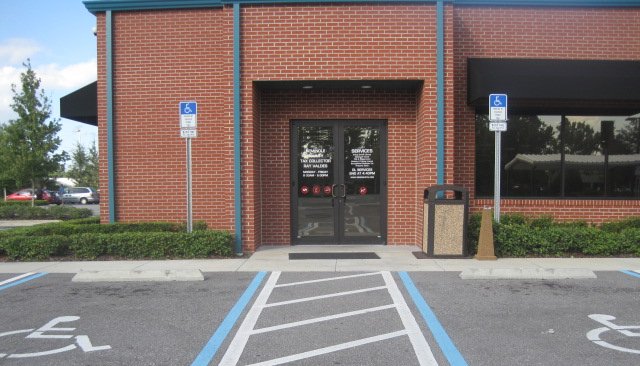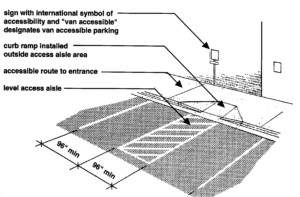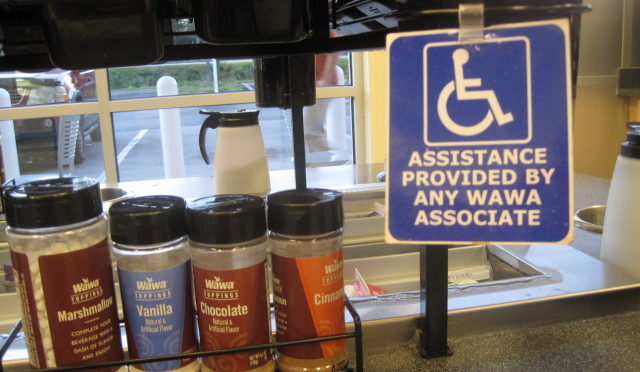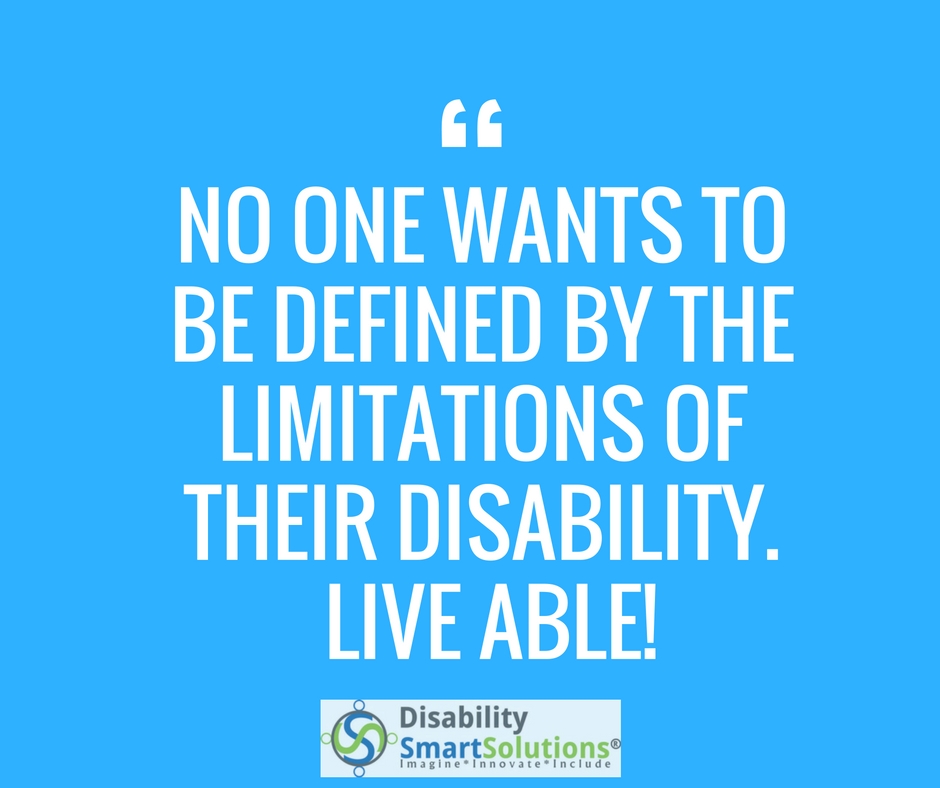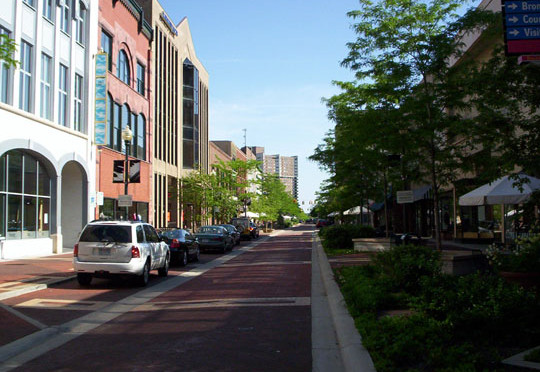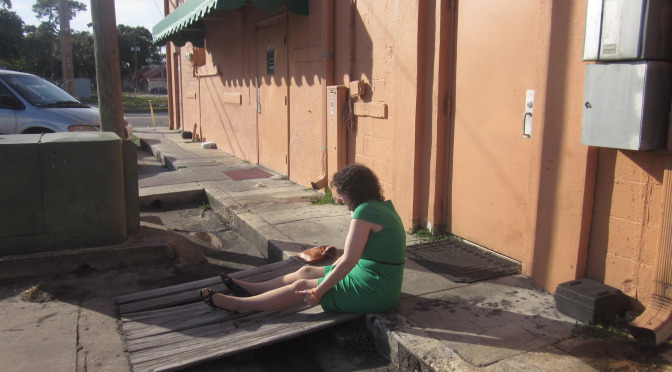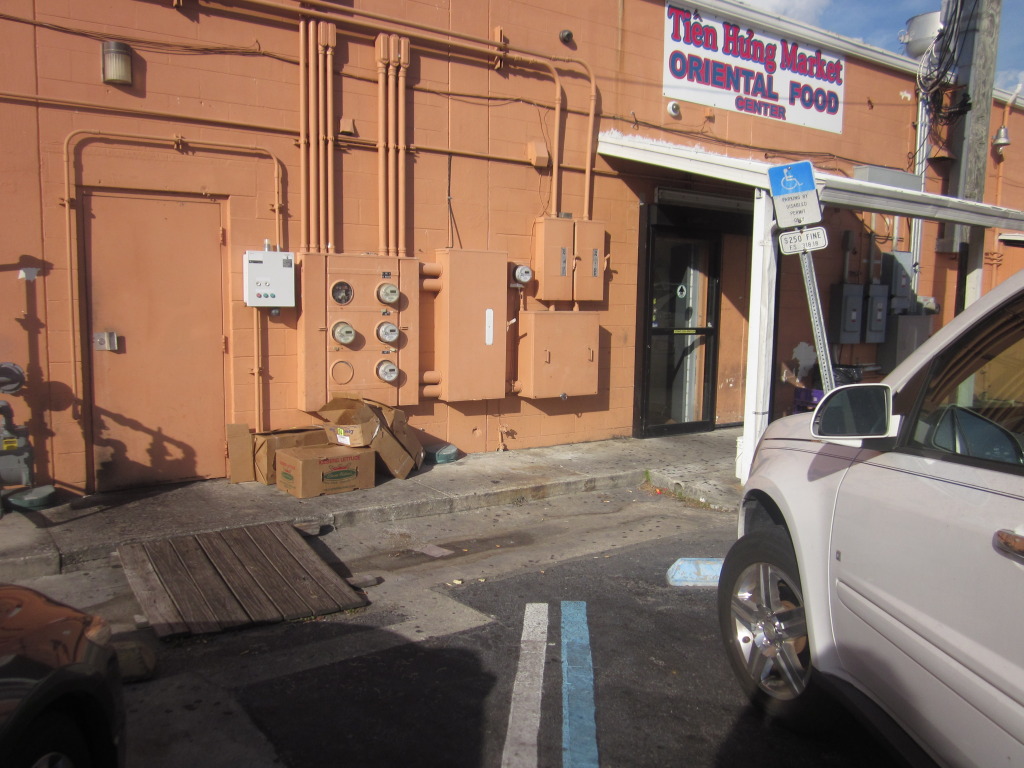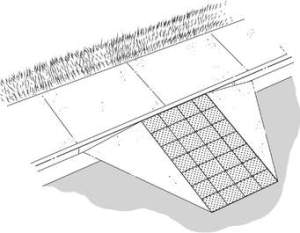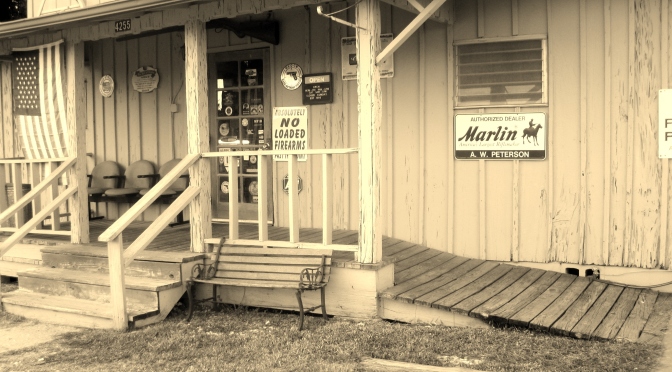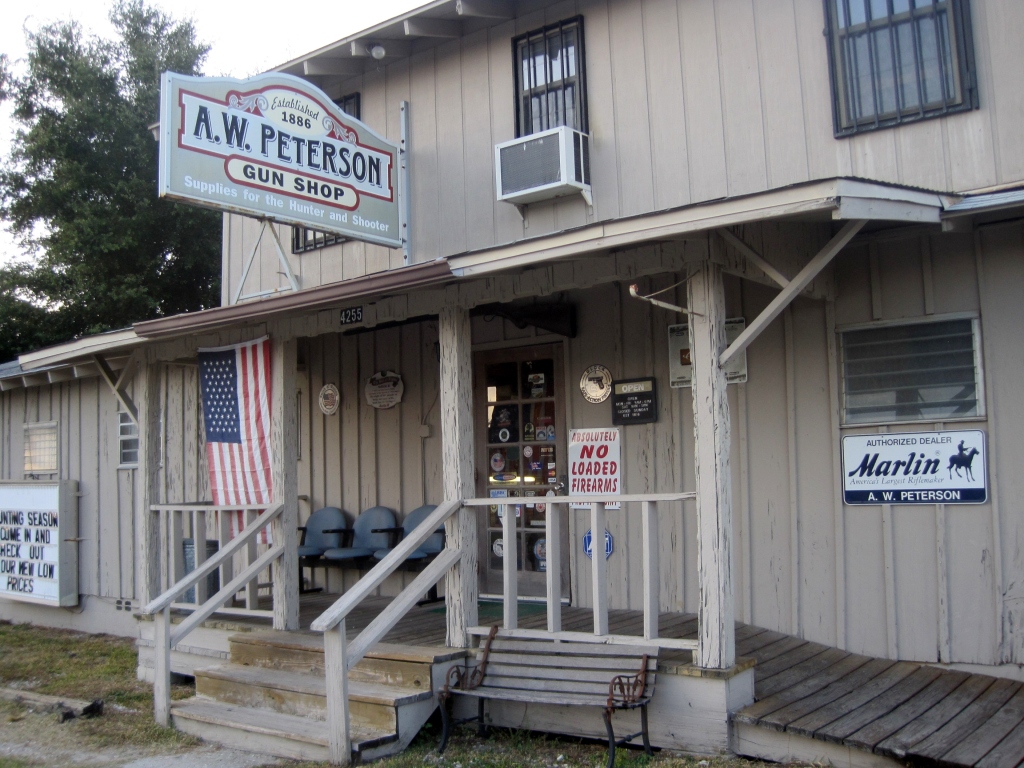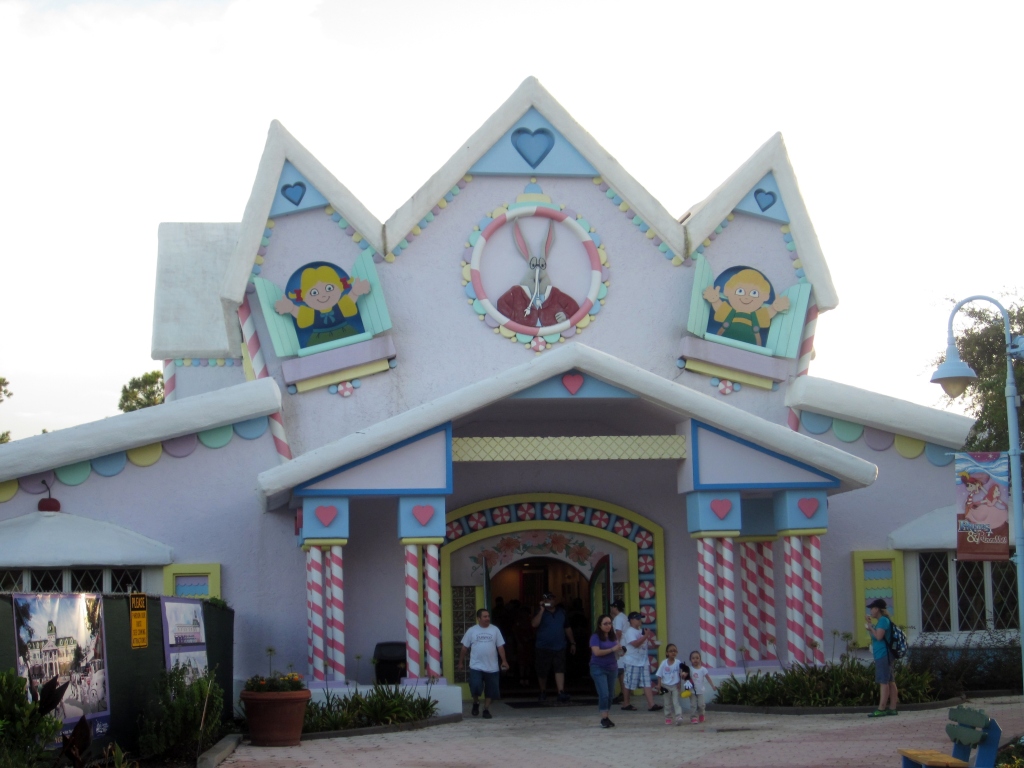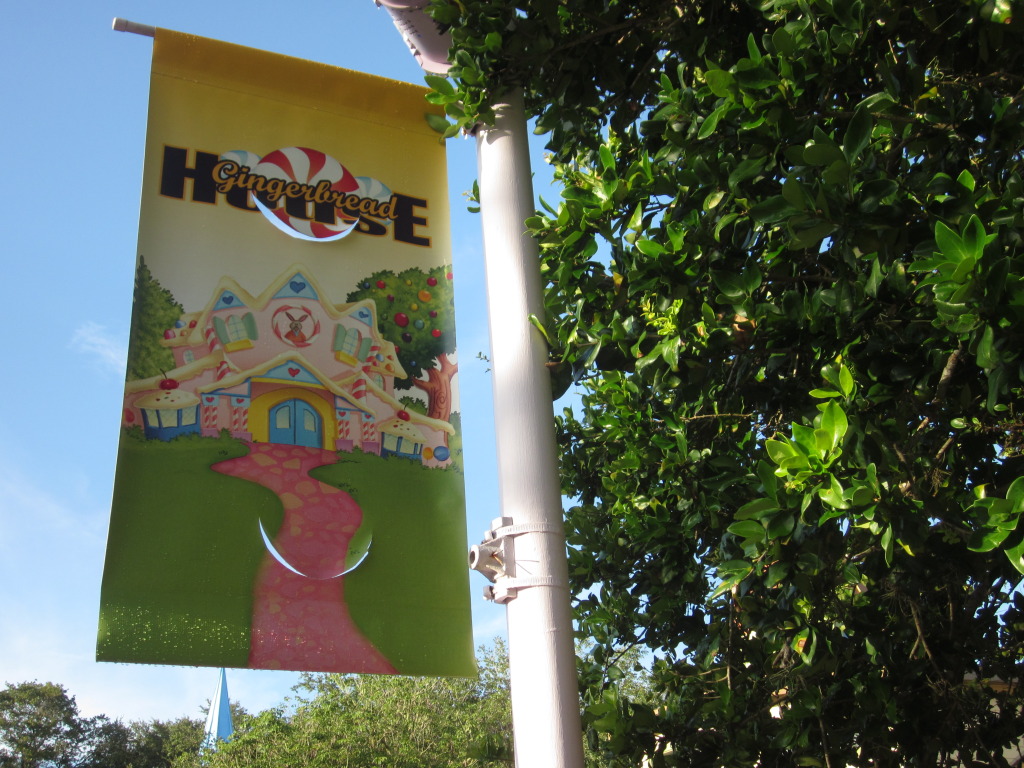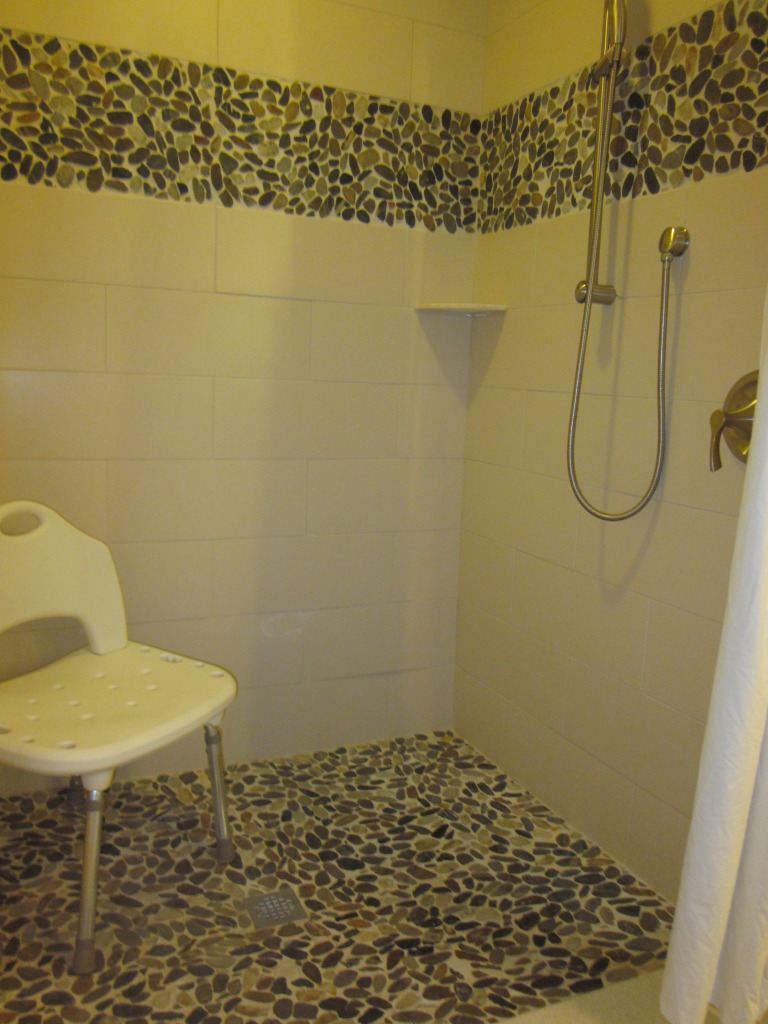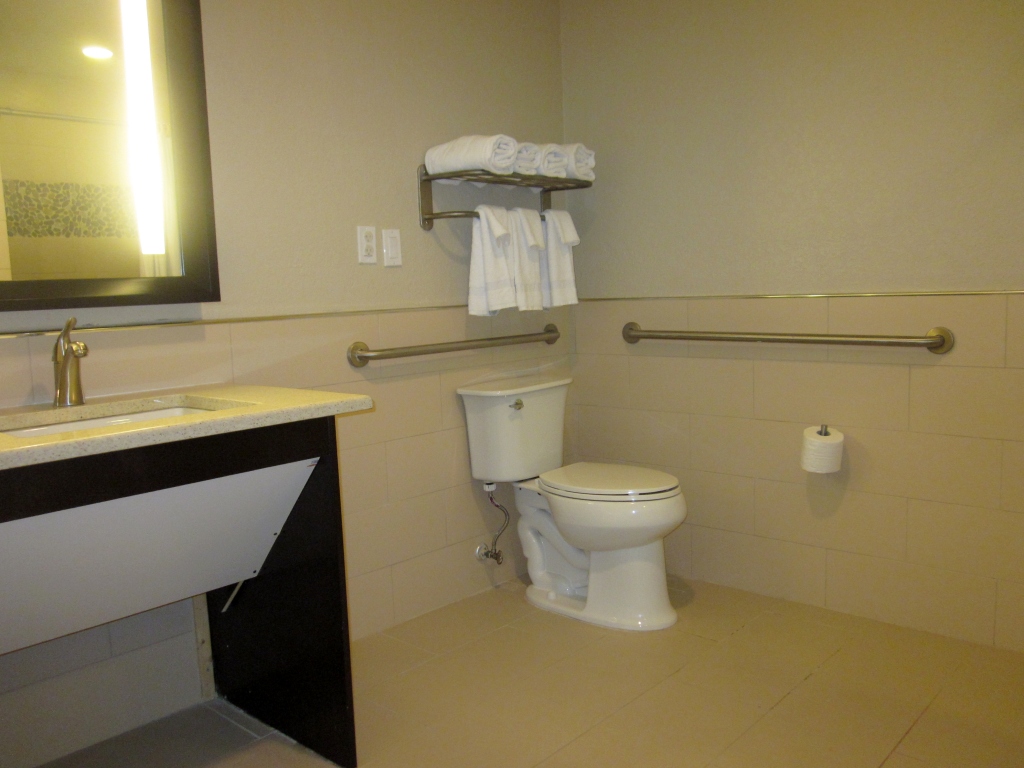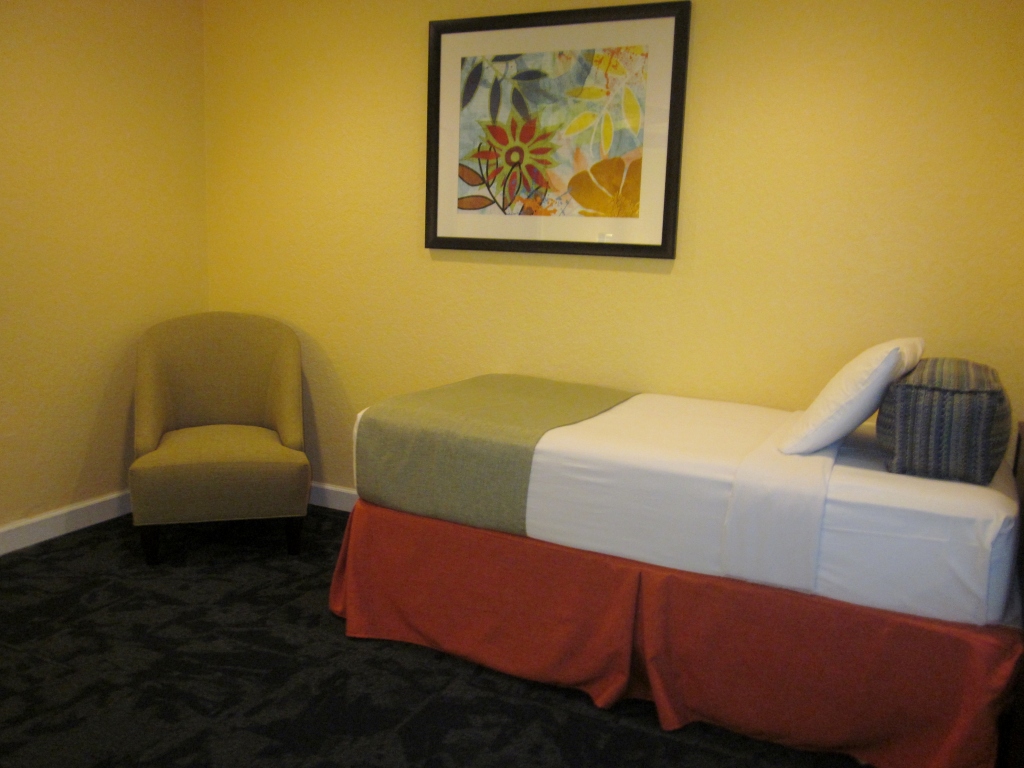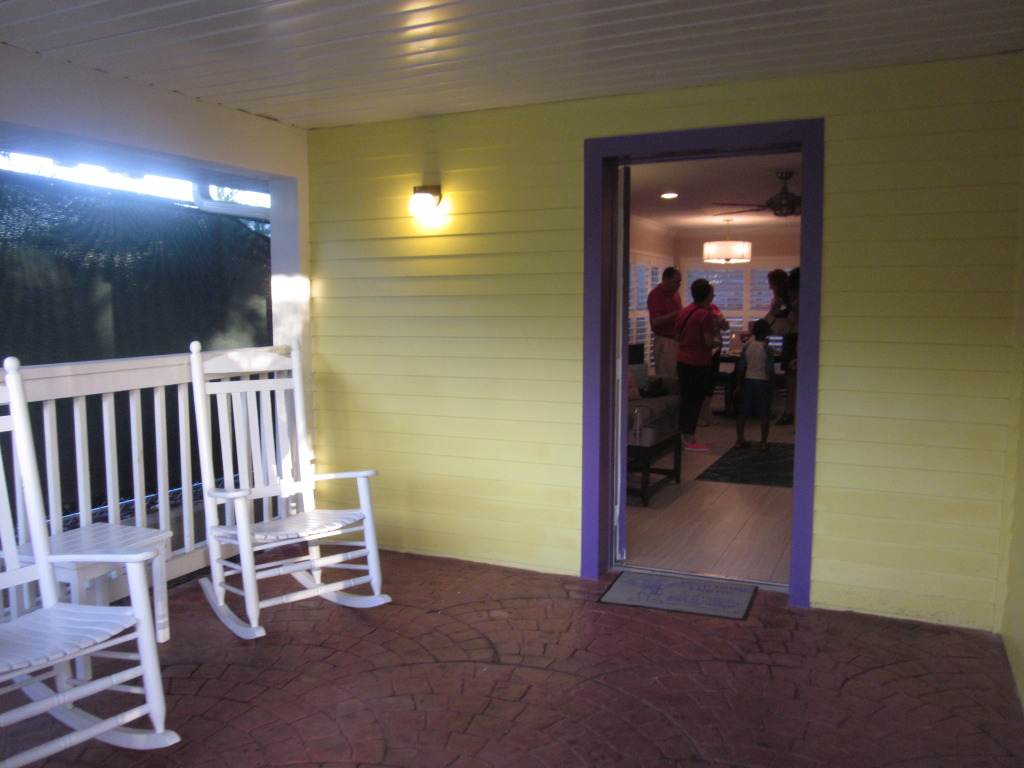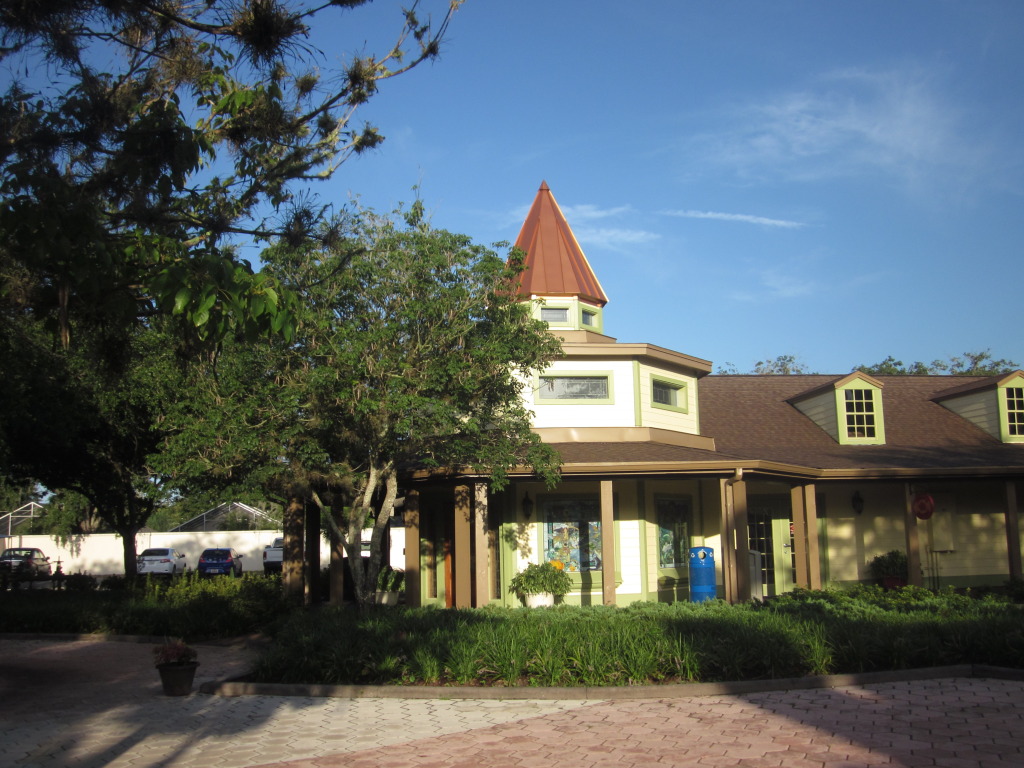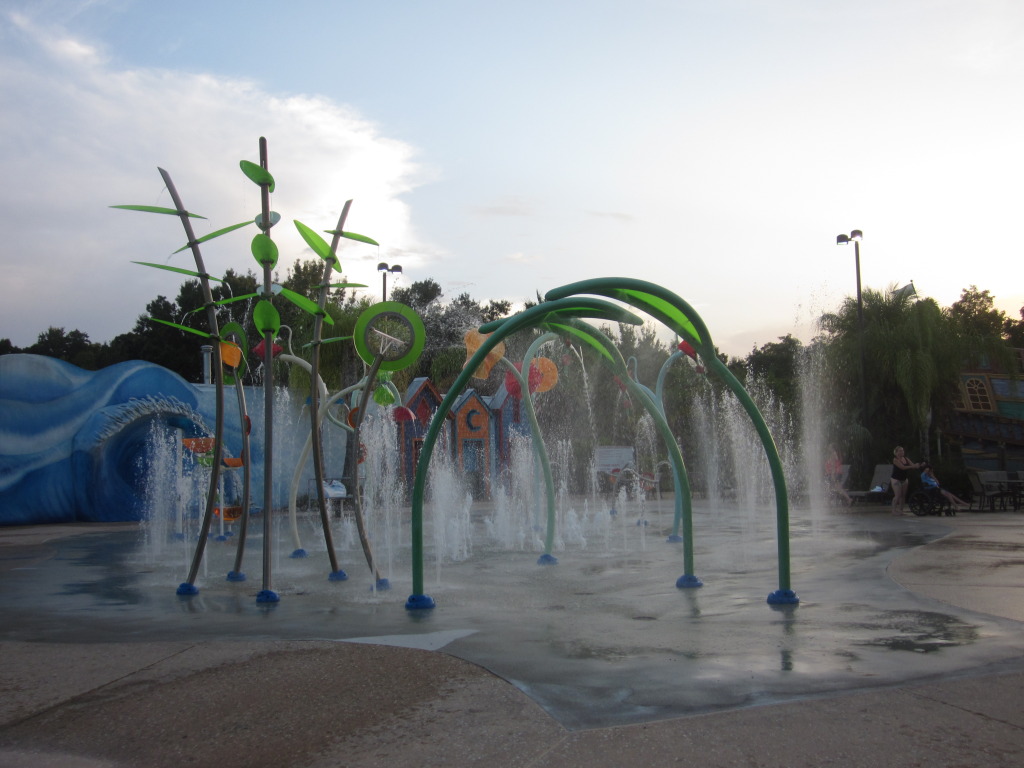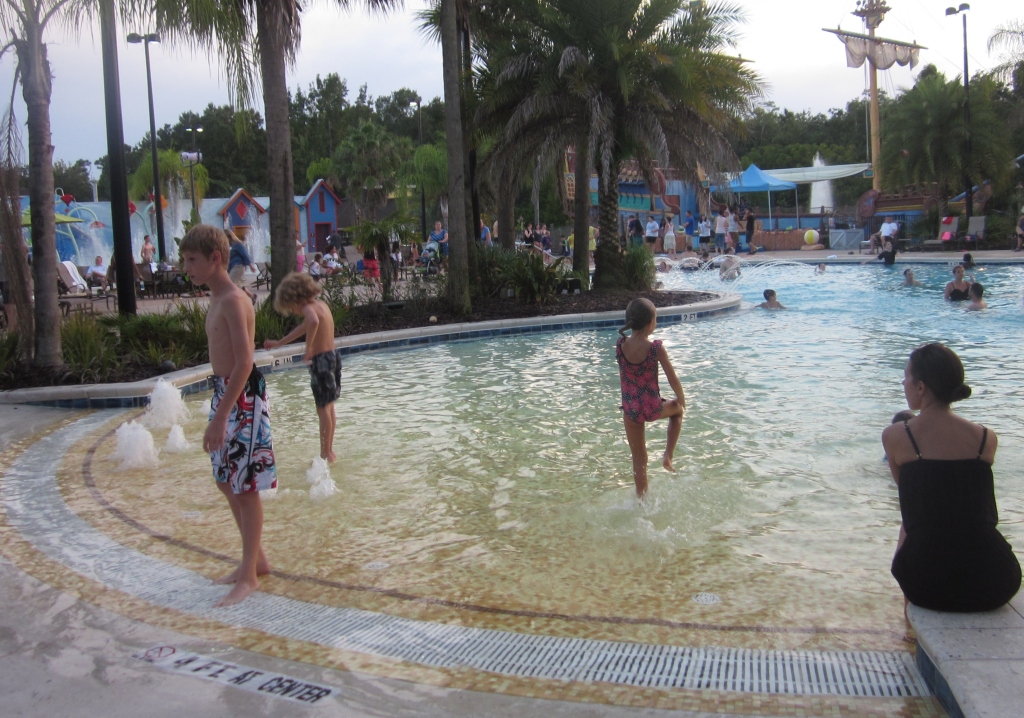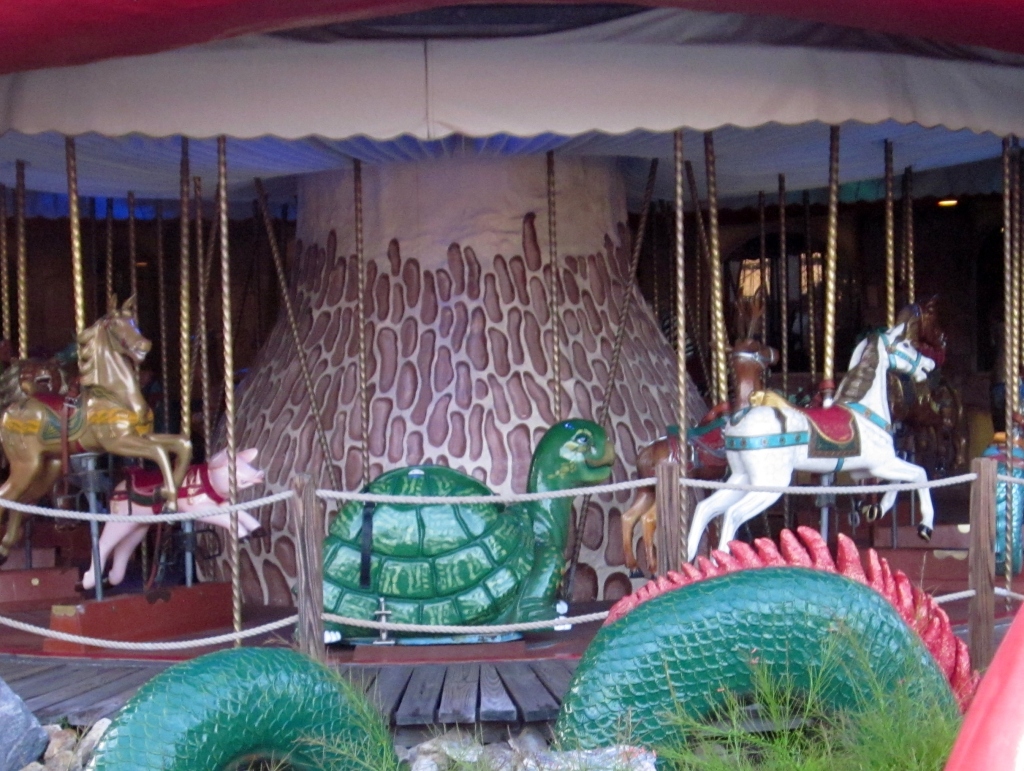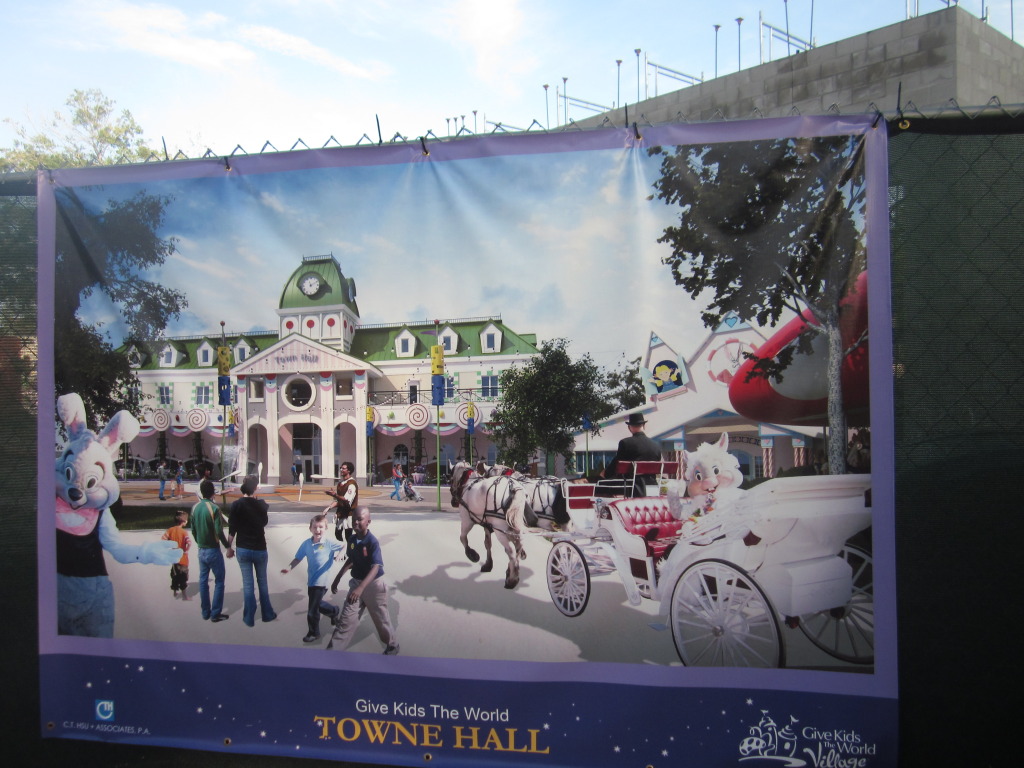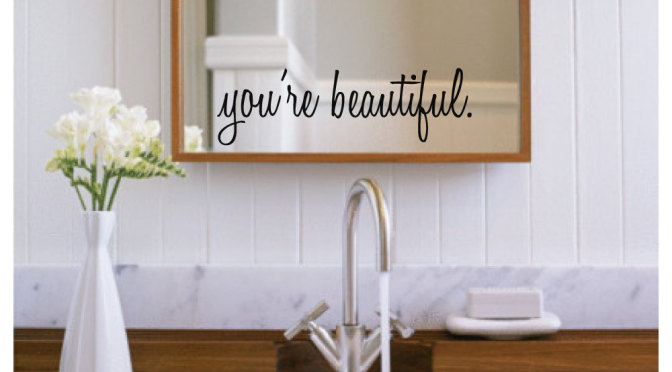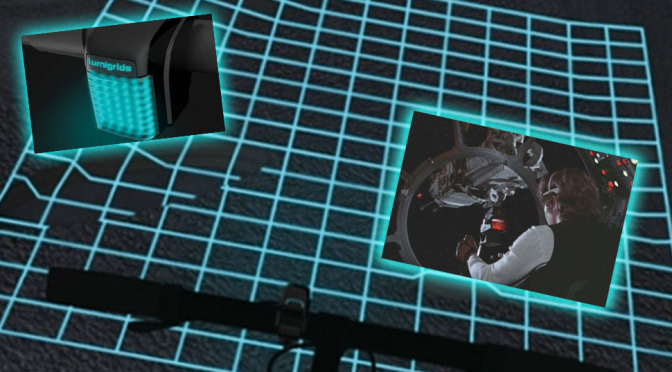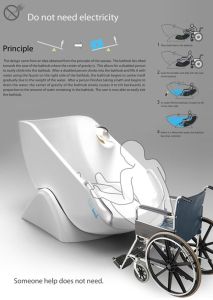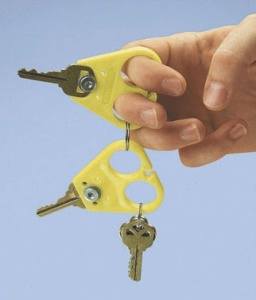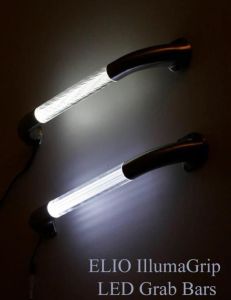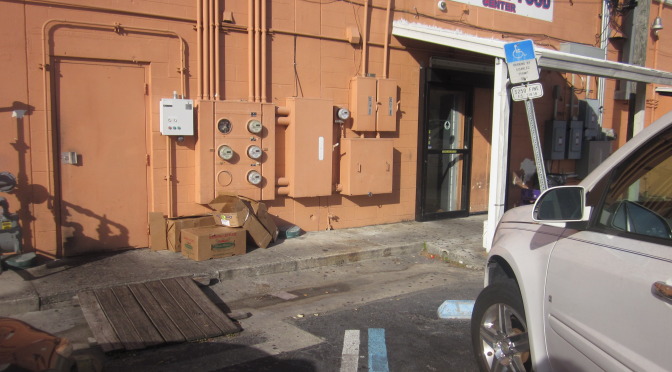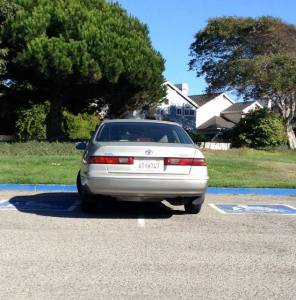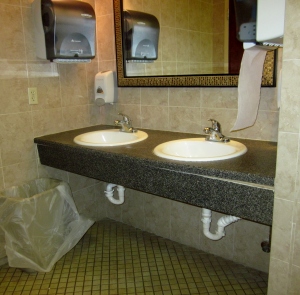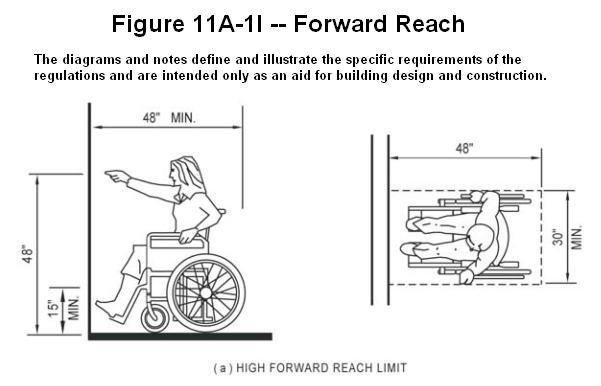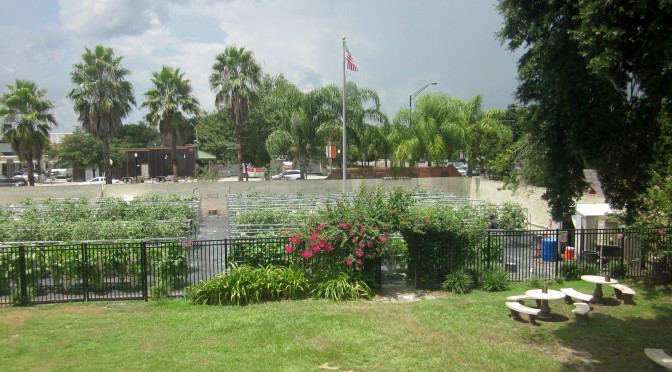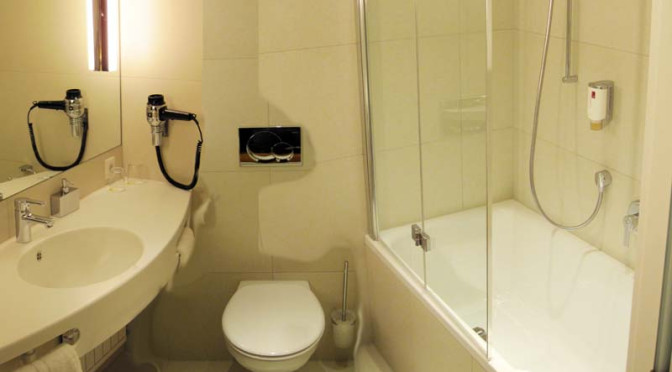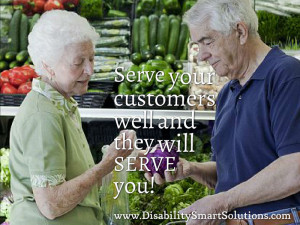Real Estate Due Diligence: Three Tiers of ADA Accessibility Reports
How do Accessibility Due Diligence Concerns Come into Play During Real Estate Transactions or Development?
- During any commercial real estate transaction, an ADA Survey (including all applicable accessibility laws) should be part of the Due Diligence process.
- All new buildings that are commercial facilities or places of public accommodation, must be designed and constructed with accessibility features that are compliant with current federal and local accessibility codes.
- All new alterations to buildings that are commercial facilities or places of public accommodation, must be designed and constructed with accessibility features that are compliant with current federal and local accessibility codes.
- The property owner, lease holder and lender may all be held liable if the property does not have proper accessibility features.
- The project should be reviewed for all applicable Accessibility Laws.
- Occasionally, more than one Accessibility Code or Law will apply.
- There might be Federal, State and Local Codes that apply.
- Some states (2012 Florida Accessibility Code for Building Construction) Code for have their own Accessibility Codes in addition to National Accessibility Laws, such as the ADA, Rehabilitation Act, ABA, or Fair Housing Act.
- Which specific Accessibility Laws and Codes apply to an individual facility, is based on which entity owns the facility; who is providing design and construction funds; and who is managing the programs and services.
- Federal facility ownership, funding or services
- State or Local facility government ownership, programs or services.
- Private facility, programs or services
- When more than one Code or Law applies, then the Accessibility Due Diligence Report needs to look at EACH element, based on each applicable Accessibility Code, and assure that the strictest code for each individual element is met.
What do You Need to Know when Requesting an Accessibility Inspection or an ADA Survey?
- The Department of Justice does not certify or recognize certification of ADA Inspectors.
- ADA Inspection is a non-regulated profession, comprised with a variety of experts, who specialize in different building types, program types and levels of involvement.
- It is advisable to select an ADA Inspector is familiar with your type of facility, all levels of Accessibility Laws, and the level of in-depth report you require.
- The Department of Justice recommends their top 4 priorities for Title III (places of public access) regulations:
- Priority 1: Accessible approach and entrance
- Includes site access, parking, accessible paths throughout the property or facility, and entrances
- Priority 2: Access to goods and services
- Assures that all goods and services are available to all consumers. Includes signage, counter tops, public phones, pools, exercise rooms, braille and auditory signals and other accessible features.
- Priority 3: Access to restrooms and drinking fountains
- Priority 4: Any other measure necessary
- Priority 1: Accessible approach and entrance
ADA Inspection or Accessibility Survey that is Not Part of the Property Condition Report
- Accessibility Surveys and ADA Inspections often are completely separate from the Property Condition Report.
- The same general principles apply.
- Lenders often request a Tier 1 or Tier II ADA Survey.
- Property investors request the Tier III Accessibility Survey, since they will be responsible for all alterations that need to be brought up to ADA compliance.
- The investor has the most exposure to accessibility liability, so it is advisable to have the most detailed and accurate account of accessibility features within the facility or property.
- Some investors request a detailed report with both the current Accessibility Standards, as well as the items that are “Safe Harbor,” so that they have all of the information needed to make the best decision for their clients.
- “Safe Harbor: Includes those items that met the 1991 ADA Standard, that do not need to be modified to meet the 2010 ADA Standard.
ADA Survey or Accessibility Inspection as Part of the Property Condition Report
- The Property Condition Report reviews the overall physical condition of a property, along with the long and short term capital expenditures required to maintain the property.
- The Property Condition Reports scope is defined by ASTM Standard E2018 “Standard Guide for Property Condition Assessments: Baseline Property Condition Assessment Process.”
- The appendix defines the levels of accessibility investigation.
- The standard references the Americans with Disability Act as the governing document; however, ALL governing Accessibility Codes relevant to the property, must be reviewed.
- The ASTM appendix defines three tiers of due diligence.
- The depth of the Accessibility Inspection or ADA Survey is dictated by the Property Condition Report user.
- Often a Tier I ADA Survey or Accessibility Review is included as an addendum during the physical due diligence of an existing building by a contracted ADA and Accessibility Specialist or an Architect.
- Even though the ADAAG, ADA Accessibility Guide, is referenced in the “Standard Guide for Property Condition Assessments: Baseline Property Condition Assessment Process;” the three tiers of accessibility investigation pertain regardless of the applicable codes.
Tier I Accessibility Survey is a Visual Assessment of the Facility for a Public Place of Accommodation
- Identifies the year the facility was built, the year alterations were made, and the specific ADA Standard that applies to those elements. 1991 ADA Standards for Accessible Design or the 2010 ADA Standards for Accessible Design.
- MIGHT Identify Local and State Accessibility Codes that apply to the facility. Example: 2012 Florida Accessibility Code for Building Construction
- Uses the ADA Standard relative to the time of construction or alteration.
- Keep in mind that MANY ADA lawsuits are based on the Perception of today’s current standards missing in a facility.
- Identifies the path of travel for accessible approach and entrances per Standards.
- Identifies the reported number of ADA compliant parking spaces per total number of parking spaces.
- Does not include photos, counting spaces, measuring sizes, measuring access aisles, measuring accessible path or measuring ground slopes.
- Note: 2012 Florida Accessibility Code for Building Construction has more extensive requirements than the 2010 ADA.
- Visual inspection of public restrooms that appear to provide accessible features, such as grab bars, turning-radius, toilet seat height, sinks, clearances, and horn/strobe fire alarm location.
- Does not include photos or specific measurements of all elements.
- Determine if the reported number of Communication Feature and mobility Feature Guest Rooms exist per the ADA Standard requirements.
- Review the guest rooms for appearance of accessible features.
- Does not include photos or specific measurements of all elements.
- Note: 2012 Florida Accessibility Code for Building Construction has additional total guest room requirements than the 2010 ADA.
- Identify accessible elevator elements, including call buttons with visual signals, emergency control panels, interior floor buttons, a 2-way emergency communication that does not require voice, doors with a reopening device, and auditory signals at each floor.
- Does not include photos and specific measurements of all elements.
- Tier I does not itemize every item in the facility that must meet Accessibility compliance.
Tier II Accessibility Survey is a Visual Assessment of a Facility that is a Public Place of Accommodation
- A more comprehensive Accessibility Survey that completes a checklist within the ASTM Standard. The Accessibility Report often including photos, specific Codes and basic field measurements.
- The checklist includes basic measurements and counting of the parking spaces.
- Checklist items include parking spaces, ramp slopes and lengths, landings, handrails, stairs, doorways, entries, visual inspection of signage, visual inspection of path of travel, elevator controls and signals, restrooms and fixtures, accessible goods and services, and accessible guest rooms.
Tier III Accessibility Survey is a Comprehensive Assessment of a Facility that is a Public Place of Accommodation
- The most comprehensive Accessibility Survey that includes a more in depth investigation of the items in Title I and Title II.
- The Accessibility Report including photos, counting each accessible element, specific Codes and detailed field measurements.
- The report includes all elements that are in the ADAAG (ADA Accessibility Guide) and Local Codes.
Susan Berry of Disability Smart Solutions is available for any of your accessibility survey requirements. As an architecture graduate, NCIDQ Nationally Certified Interior Designer, NCBDC Nationally Certified Building Designer, and an International Code Council Certified Accessibility Inspector and Plans Examiner, along with her 30+ years in the Florida construction industry, she knows accessibility.
Call or text anytime to 407-310-3663 or e-mail info@DisabilitySmartSolutions.com

